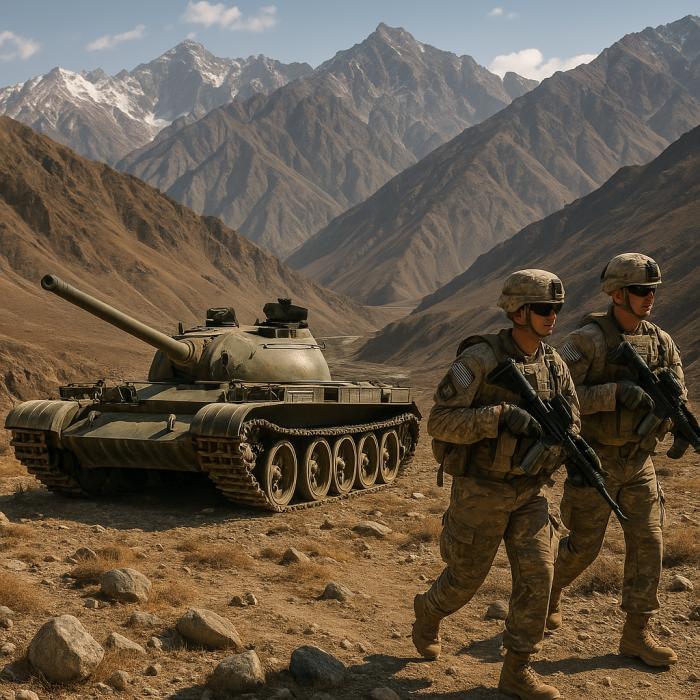1. The Hindu Kush Mountain Range

Stretching over 800 kilometers across central Afghanistan, the Hindu Kush mountain range forms an imposing natural barrier characterized by jagged peaks, deep gorges, and narrow, treacherous passes. Its highest summit, Noshaq, rises to 7,492 meters, creating extreme weather conditions marked by freezing temperatures, heavy snowfall, and fierce winds. Historically, the formidable Hindu Kush has challenged the logistical capabilities of invaders such as Alexander the Great, British colonial armies, Soviet forces, and NATO troops. These mountains have provided Afghan defenders with vantage points, cover, and natural chokepoints, turning military expeditions into grueling struggles for survival.


















